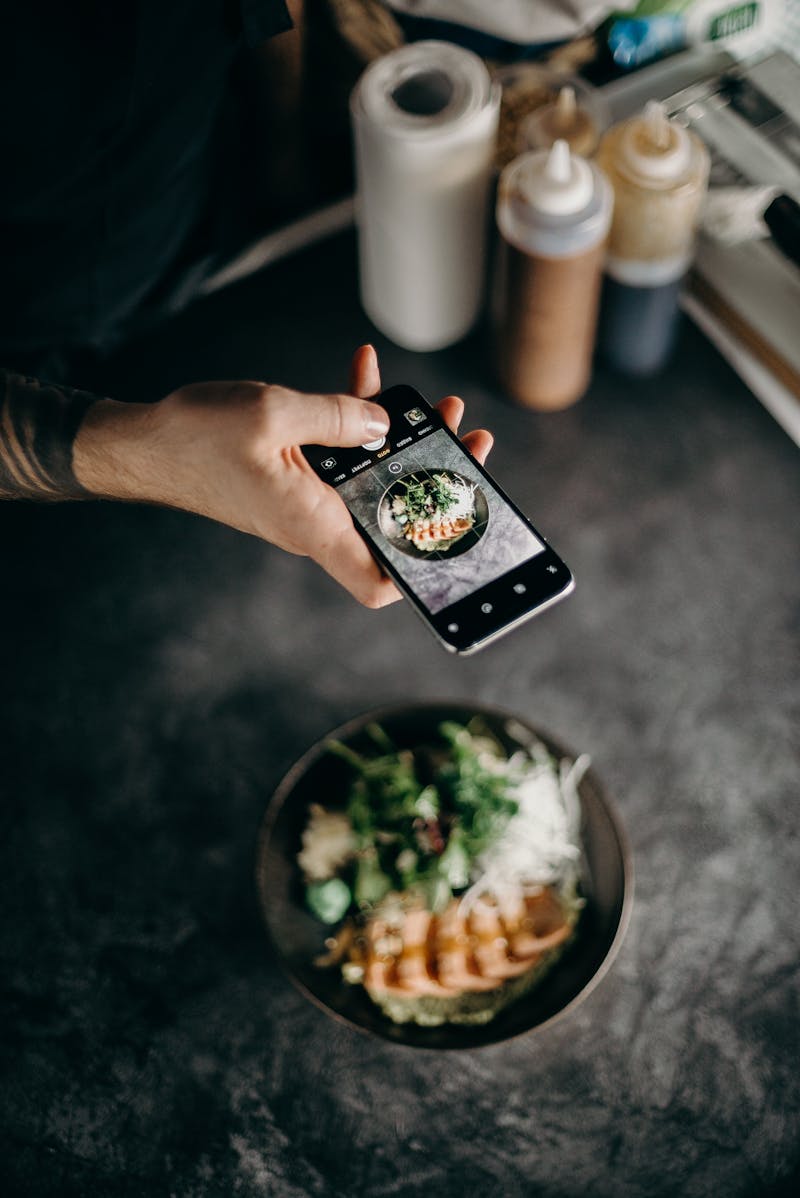The Essential Elements of a Professional Media Kit
A professional media kit is a crucial tool for any aspiring content creator or influencer looking to collaborate with brands. Acting as your personal marketing brochure, a media kit showcases your work, achievements, and potential to prospective partners. This article will delve into the essential elements that constitute a standout media kit and provide actionable tips on how to create a media kit that captures attention and secures deals.
What is a Media Kit?
A media kit, often referred to as a press kit, is a document or presentation that provides comprehensive information about a content creator, influencer, or brand. It is a one-stop-shop that conveys your value proposition to potential collaborators or sponsors.
Why You Need a Professional Media Kit
Having a professional media kit significantly enhances your chances of securing deals with brands. It serves several purposes:
- Professionalism: Demonstrates your commitment and seriousness.
- Efficiency: Saves time by consolidating all key information in one place.
- Persuasion: Highlights your strengths and achievements convincingly.
- Credibility: Showcases your professionalism and preparedness.
Key Media Kit Elements
Every professional media kit should contain certain essential elements. Understanding these components will help you create a media kit that leaves a lasting impression on potential collaborators.
1. Contact Information
This is the most straightforward yet crucial element. Ensure your contact information is clearly visible and accessible. Include:
- Full name
- Professional email address
- Phone number
- Social media handles
2. Biography/About Section
Your biography or 'about' section should succinctly convey who you are and what you do. Focus on the following:
- Your niche or focus area: Are you a tech reviewer, a beauty influencer, or a fitness guru?
- Your background: Briefly highlight your journey and how you got started.
- Your mission and values: What drives you and what unique perspective do you bring?
3. Audience Demographics
Potential collaborators want to know who they will be reaching through your platform. Include details such as:
- Audience age range
- Gender distribution
- Geographical locations
- Interests and behaviors
4. Social Media Statistics
Showcase your social media reach and engagement. Relevant metrics include:
- Followers/Subscribers count: On various platforms (Instagram, YouTube, Twitter, etc.).
- Engagement rate: Likes, comments, shares, etc.
- Monthly views or impressions
- Top-performing posts or content
5. Website Statistics
If you have a blog or a personal website, it’s essential to include your website metrics:
- Monthly visits
- Page views
- Bounce rate
- Domain authority
6. Collaborations and Partnerships
List your previous collaborations and partnerships. This helps in building your credibility. Include:
- Names of brands or companies you've worked with
- Type of collaborations: Sponsored posts, product reviews, brand ambassadorships, etc.
- Testimonials or quotes: Positive feedback from companies or collaborators.
7. Services Offered
Clearly outline what you can offer. This typically includes:
- Sponsored content: Blogs, social media posts, videos.
- Product reviews: Detailed reviews of products or services.
- Event coverage: Live streams, stories, posts from events.
- Brand ambassadorships: Long-term partnerships with brands.
8. Content Examples
Providing examples of your best work can significantly enhance your media kit. Include:
- Links to high-performing posts or videos
- Screenshots of engaging content
- Case studies of successful campaigns
9. Rate Card
Transparency is key when it comes to collaboration. Include a rate card that outlines:
- Pricing for various services: Sponsored posts, stories, videos, etc.
- Package deals or discounts
- Any additional costs: Travel, production, etc.
10. Professional Photos
High-quality, professional photos can drastically improve the visual appeal of your media kit. Consider including:
- Headshots or portraits
- Action shots related to your niche
- Logos or branding materials
Tips to Create a Media Kit
Knowing the essential media kit elements is just the beginning. Here are some tips to help you create a media kit that's both effective and visually appealing:
1. Be Concise and Clear
While it's important to provide comprehensive information, ensure you remain concise. Long-winded text can be overwhelming. Use bullet points and clear headings for easy navigation.
2. Design Matters
An aesthetically pleasing design can go a long way. Use a clean layout, consistent color schemes, and professional fonts. Tools like Canva or Adobe InDesign can help you design visually appealing media kits.
3. Update Regularly
Keep your media kit up-to-date with the latest statistics, collaborations, and content. An outdated media kit can send the wrong message to potential partners.
4. Tailor for Your Audience
If you’re pitching to specific brands, consider customizing your media kit to align with their values and target audience. Tailored media kits can have a more personal and impactful touch.
5. Include a Call to Action
Don't forget to guide the recipient on the next steps. Whether it's setting up a meeting or contacting you for more information, a clear call to action is a must.
Conclusion
A well-crafted media kit is an invaluable asset for any content creator aspiring to secure collaborations and partnerships. By understanding the essential elements of a professional media kit and implementing the tips provided, you can create a media kit that not only showcases your talents but also opens doors to new opportunities. Remember, your media kit is not just a collection of information but a reflection of your brand’s professionalism and potential.
Creating an impressive media kit may seem daunting at first, but with dedication and attention to detail, you can make a lasting impact and take your brand to new heights. Happy creating!

